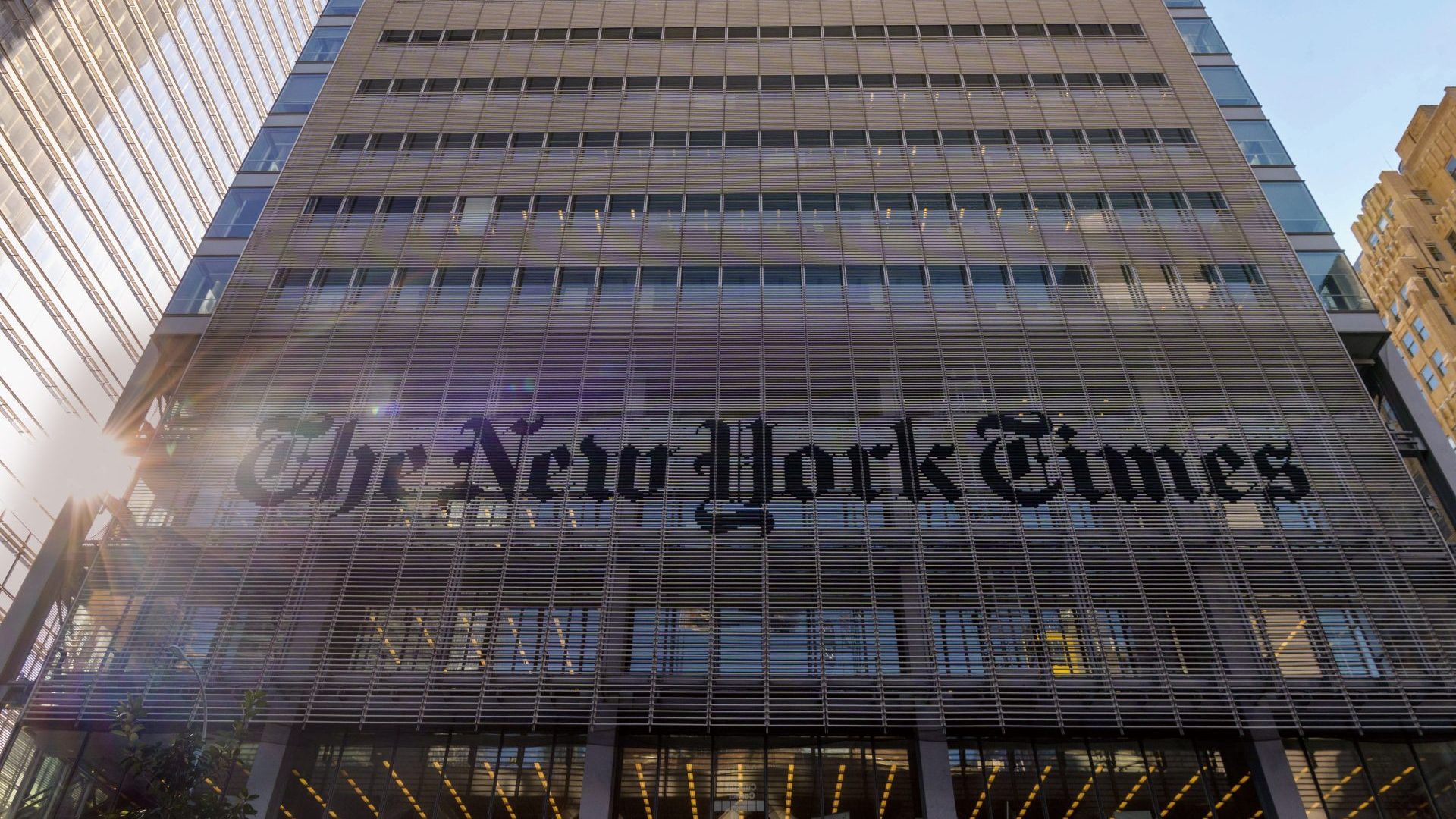STARE, TRAPS, THANK, THINK… TWINK?! If for the last few weeks your thoughts have turned, once a day, to combinations of five-letter words, you’re clearly a player of Wordle – currently the hot puzzle game.
For the uninitiated, Wordle is not dissimilar to the ITV daytime quiz TV show Lingo or to the old board game Mastermind (which, unlike the TV show, involved guessing the pattern of a sequence of colours).
Every day, a five-letter word is chosen. Players have six guesses to find the right word. If they get the right letter in the right place, that box turns green. If they get the right letter in the wrong place, it turns yellow. Like all good puzzles, it has the secret formula of initially appearing quite difficult, while actually – whisper it – actually being easy enough that most people will successfully solve the puzzle most days they attempt it.
Like all good online sensations, Wordle also has a charming backstory: British-born but US-based developer Josh Wardle created it for his girlfriend, who enjoys playing word games. It has no app, no ads, no paywall and no secret tracking.

At a time when we worry about algorithms designed to hook in and keep our attention for hours at a time, Wordle only lets you play once per day – the daily word is the same for everyone, and resets every day at midnight local time. In an online world full of seedy chancers, Wordle stands out as a beacon of a more innocent time.
Well, in part at least. The reason the world knows about Wordle might have a little more to do with the algorithms of the modern internet than the story so far would have you believe. Wordle flew largely under the radar for several months after its creation, until one small change was made – Wardle added a button to share results on social media.
The result is a puzzling and compelling grid of grey, yellow and green squares appearing on Twitter feeds around the world – a clever workaround to show how long you took to get the solution (and to those in the know, what words you guessed) without giving away the answer.
Those grids contained no links or adverts, but did include the name of the game – Wordle – leading first hundreds, then thousands, then more to discover the game, and share their own results in turn. For some (especially those with visual impairments, who rely on screen readers) these grids were maddening. But for many more, they were the perfect online bait.
The design of Wordle is cleverer than it first appears, too – as there are many different ways to approach the game. Remember: the game is actually fairly easy, and whatever approach they take most people will win far more often than they lose.
That makes results eminently shareable – you are showing that you are part of a club and telling a positive story about yourself when you put on social media your random first-line win, clever second-line success or dogged sixth-line deduction.
Neither does the simplicity stop the game from feeling as if it’s subject to serious analysis. Should you start with the same word each day, or a different one (it doesn’t matter)? Is it ever worth guessing a word that you know is wrong (yes)? Should you eliminate common or rarer letters first (it’s a matter of preference)? Is it worth doing statistical analysis of previous correct words to get trends (depends how you like spending your weekend)?
Thanks to this combination of factors, Wordle is on its way to becoming the latest in a long line of puzzle crazes – the most famous being Sudoku, which is credited with saving several newspapers from extinction, followed by Kakuro, word puzzles, rail link puzzles, and many more.
But Wordle didn’t come via an app, or via a newspaper – it was just some free service set up by some guy. Until last month. For his little free app, with no monetisation plans and no grand business behind it, Wardle received a “low seven-figure” sum from a deep-pocketed buyer.
That buyer wasn’t Google, or Apple, or some tech billionaire – it was the New York Times, raising at least a few eyebrows. Why would a newspaper with a historical reputation for being somewhat staid, but nonetheless the nearest the US has to a paper of record, spend millions on a puzzle game?
The New York Times’ financial results, published a few days after the purchase was announced, provided a few clues. The NYT had long been in financial dire straits, but in recent years has turned a profit and has been enjoying a renaissance of fantastic coverage, expansion, and energy – thanks to a relentless focus on getting new online subscribers.
The paper was able to say it had reached its target of having 10 million paid subscriptions well ahead of its deadline – journalists managing anything much before deadline being a rare enough event on its own – and was confident enough to set a new target of 15 million, for a few years’ time.
But crucially, it expects subscriptions to its “core” offering of news, comment and analysis – of journalism, in other words – to make up less than half of that growth. Most of it will come from other services: it has recently bought the global sports coverage startup The Athletic, it has a specialist cooking and recipe subscription, and it has a famously good puzzles app.
Journalism has never paid for itself – it has always been bundled with other things. Locals survived thanks to property adverts, dating adverts, and classified adverts – all of which disappeared elsewhere.
The New York Times is trying to recreate that bundle for the digital age, and so making sure it stays ahead in the competitive world of puzzling is how it stays confident it can pay for its Pulitzer-winning investigative reporting. Everything is connected, often in weirder ways than most of us would ever imagine.
Fans of Wordle need not worry about it disappearing immediately, however – the NYT has promised it will “initially” stay free. But before too long, word game fans will find themselves, one way or another, supporting the Grey Lady.
And good for them – if puzzles are the way to keep an independent media doing its job, that’s all to the public good. But please do remember those publications that can’t afford (yet) to buy viral online games – and consider subscribing, if you don’t already.




